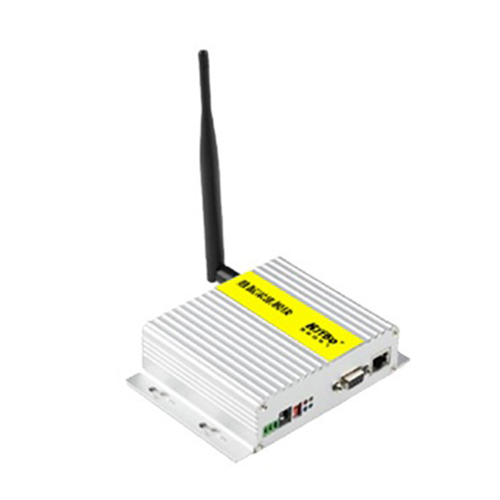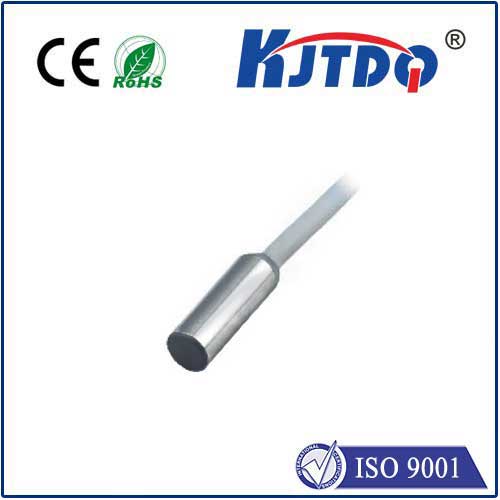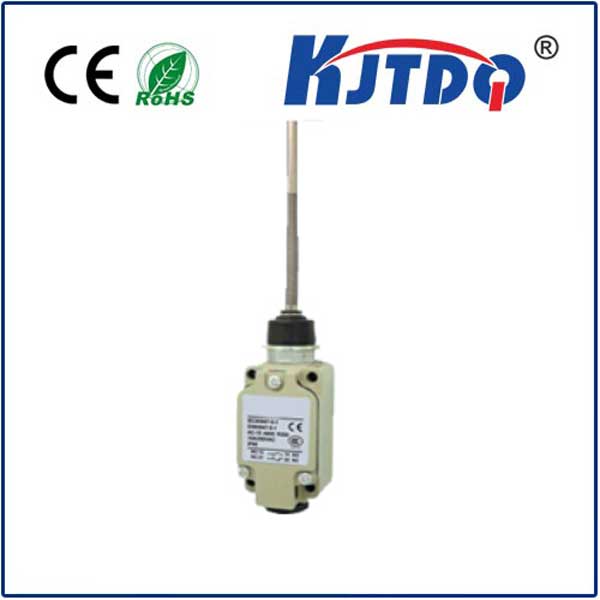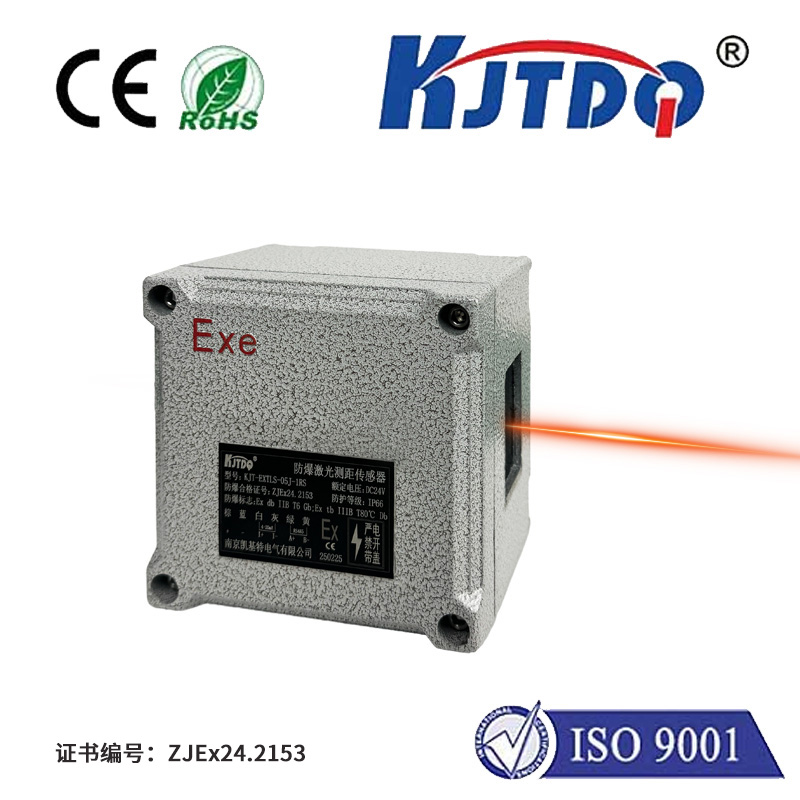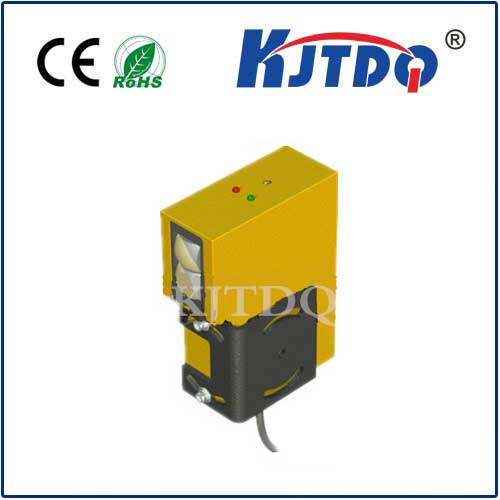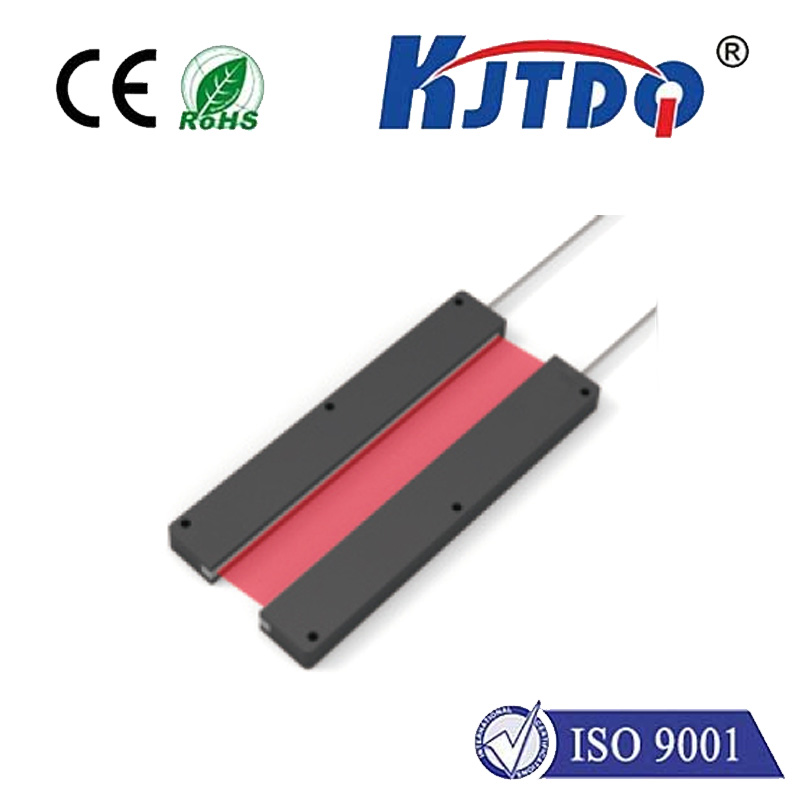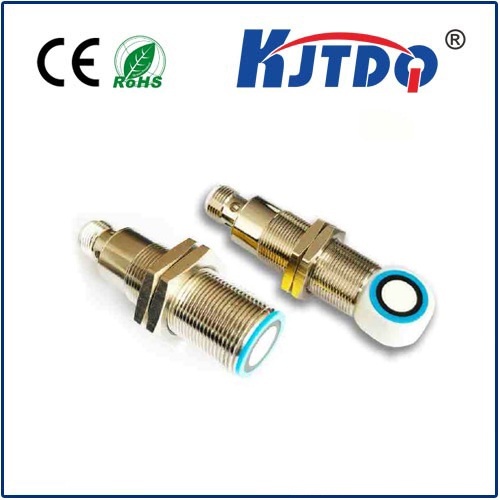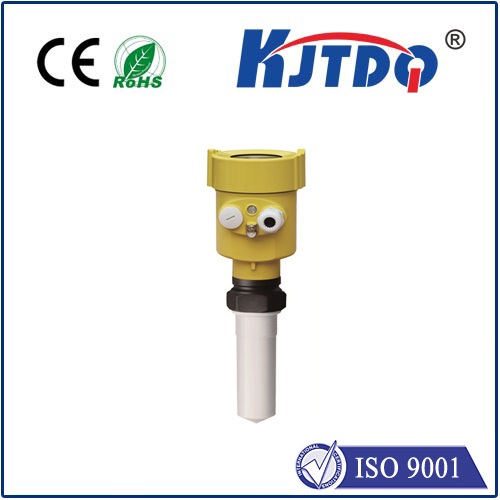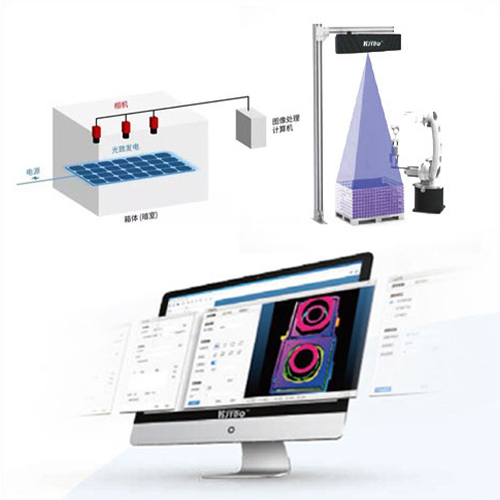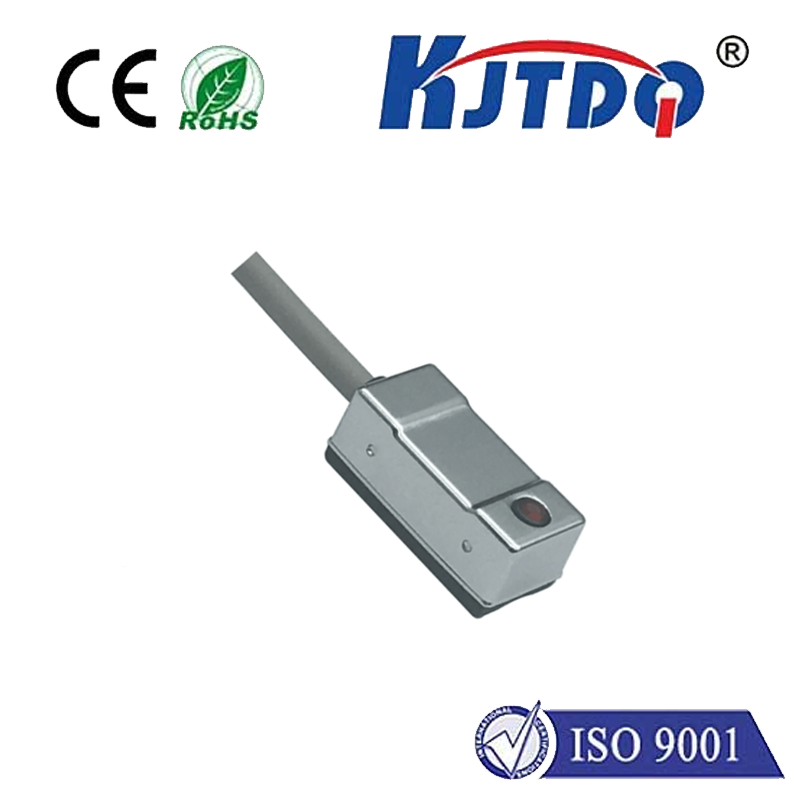12 volt limit switch
- time:2025-08-02 01:35:58
- Нажмите:0
The Essential Guide to 12 Volt Limit Switches: Powering Precision Control Safely
**Ever knocked your garage door opener remote only to have the door reverse perfectly before crushing something? Or wondered how an automated conveyor belt knows precisely where to stop? The unsung hero behind countless everyday motions is often the humble, yet crucial, limit switch. When designed for 12 volt DC systems, these compact workhorses become indispensable components for safe, efficient, and reliable operation across a vast array of low-voltage applications.**
At its core, a limit switch is an electromechanical device designed to detect the presence or absence of an object or to monitor its position within a defined space. It functions essentially as an automatic trigger. When a physical actuator (like a lever, plunger, or roller) on the switch is moved by contact with a target object, it mechanically operates contacts inside the switch. These contacts open or close an electrical circuit, signaling a controller, relay, motor, or other device to start, stop, or change direction. While available in various voltage ratings, the 12 volt limit switch holds a special place in modern control systems.
Why 12 Volts Reigns Supreme in Many Domains
The choice of 12 volts DC isn’t arbitrary. It stems from several compelling advantages inherent to lower-voltage DC control:
- Повышение безопасности: This is paramount. Working with 12V systems significantly reduces the risk of severe electric shock compared to standard AC mains voltage (120V/230V). This makes them ideal for settings involving human interaction (like automotive interiors, mobile machinery cockpits), environments prone to moisture (marine applications), or where accidental contact is a possibility during maintenance.
- Battery & Solar Compatibility: 12 volt DC is the standard output for countless batteries, including lead-acid (common in vehicles, UPS systems, solar storage), lithium-ion packs, and many portable power solutions. Limit switches designed for this voltage integrate seamlessly into these mobile or off-grid systems without complex voltage conversion.
- Wiring Simplicity: Lower voltage often translates to less stringent wiring requirements concerning insulation and conduit compared to high-voltage systems, potentially simplifying installation and reducing costs, especially in complex machinery or distributed control setups.
- Noise Immunity: DC circuits, particularly at lower voltages like 12 В, are generally less susceptible to electromagnetic interference (EMI) and radio frequency interference (RFI) than AC circuits, leading to more reliable signal transmission in electrically noisy industrial environments.
- Wider Component Availability: The ubiquity of 12V DC power means a vast ecosystem of compatible components exists – relays, controllers, sensors, lights – making system integration straightforward.
Inside the 12V Limit Switch: Simplicity and Reliability

A standard 12 volt limit switch leverages well-established electromechanical principles. Key components include:
- Actuator: The part physically contacted by the moving object (lever arm, roller plunger, wobble stick, push-button). Its design determines how force is applied.
- Switch Body: Houses the internal mechanism.
- Contacts: The heart of the switch. In a normally open (NO) configuration, the circuit is broken until the actuator is pressed, closing the contacts. A normally closed (NC) configuration has the circuit complete until actuation opens it. Many switches offer both NO and NC contacts within a single unit (SPDT - Single Pole Double Throw).
- Terminals: Connection points (screw terminals, quick-connect tabs, wires) for the 12V DC circuit. Correct polarity is essential for DC operation.
While mechanical switches are common, 12V DC versions of proximity sensors (inductive, capacitive, photoelectric) achieving similar “limit” detection functions electronically are also prevalent, offering contactless operation. However, the classic mechanical ограничительный переключатель remains prized for its robustness, clear tactile feedback, and cost-effectiveness in many contact-tolerant applications.
Where 12V Limit Switches Shine: Diverse Applications
The applications for 12 volt limit switches are incredibly broad due to their safety and compatibility advantages:
- Automotive & Transportation: Door/window position sensing, trunk/hatch open/close detection, seat position sensing, hood/door ajar warnings, throttle/brake pedal position sensing, leveling systems in RVs/campers.
- Marine & Recreational Vehicles (RVs): Hatch position control, slide-out room limits, leveling jacks, battery compartment access sensing.
- Material Handling & Automation: End-of-travel stops for conveyors, position feedback for linear actuators, automated door/gate controls, hoist/lift upper/lower limits (crucial for safety!), sorting equipment positioning.
- Solar Trackers: Limiting the rotational range of solar panels to prevent mechanical over-travel. Integrating seamlessly with the system’s 12V or 24V battery bank is key.
- Mobile Machinery: Position sensing on agricultural equipment, construction machinery controls, utility vehicle accessories (e.g., plow height, dump bed angle).
- Consumer Electronics & DIY Projects: Robotic arm positioning, custom automation controls, model railways, security system triggers. The lower voltage makes them much safer for hobbyists and tinkerers than mains-powered alternatives.
- Industrial Control Panels: Used as interlocks for guards, safety door monitoring, or position feedback within machinery that utilizes a low-voltage DC control circuit, enhancing operator safety.
Selecting and Deploying Your 12V Limit Switch Effectively
Choosing the right 12V limit switch involves considering several factors:
- Actuator Type: Match the actuator (roller lever, plunger, rod, etc.) to the physical interaction required (direction of force, travel required, force needed).
- Electrical Rating: Ensure the switch contacts are rated for the DC voltage (12V) and the current (amperes) of your circuit. Exceeding ratings can lead to premature failure or contact welding.
- IP Rating (Ingress Protection): Select a switch with appropriate sealing (e.g., IP65, IP67) for the environmental conditions (dust, water spray, washdowns).
- Contact Configuration: Choose NO, NC, or SPDT based on your control logic (does the circuit need to be made or broken upon actuation?).
- Mounting: Ensure the mounting style (bracket, threaded body, snap-in) suits your application’s mechanical constraints.
- Operating Environment: Consider temperature extremes, vibration, shock, and exposure to chemicals or oils.
Reliable installation is critical:
- Secure Mounting: Prevent movement or vibration from causing false triggers or damage. Precise actuator alignment with the target object is vital.
- Electrical Connection: Use proper wire gauges and secure connections. Double-check polarity for 12V DC operation. Consider using relays for higher current loads controlled by the switch.
- Adjustability (Often Overlooked): Many lever actuator switches offer adjustment screws. Fine-tuning the actuation point after initial setup can optimize performance and prevent over-travel.
- Protect Wiring: Route wires away from moving parts, heat sources, and sharp edges.
The Backbone of Controlled Motion
From ensuring your car’s interior light turns off when the door closes to guaranteeing an industrial robot arm doesn’t exceed its programmed reach, the 12 volt limit switch provides a fundamental layer of control and safety. Its ability to reliably convert physical position into a precise low-voltage DC electrical signal makes it an indispensable component across automotive, industrial, marine, mobile, and hobbyist realms. Understanding its function, benefits of the 12V DC standard, and key selection

